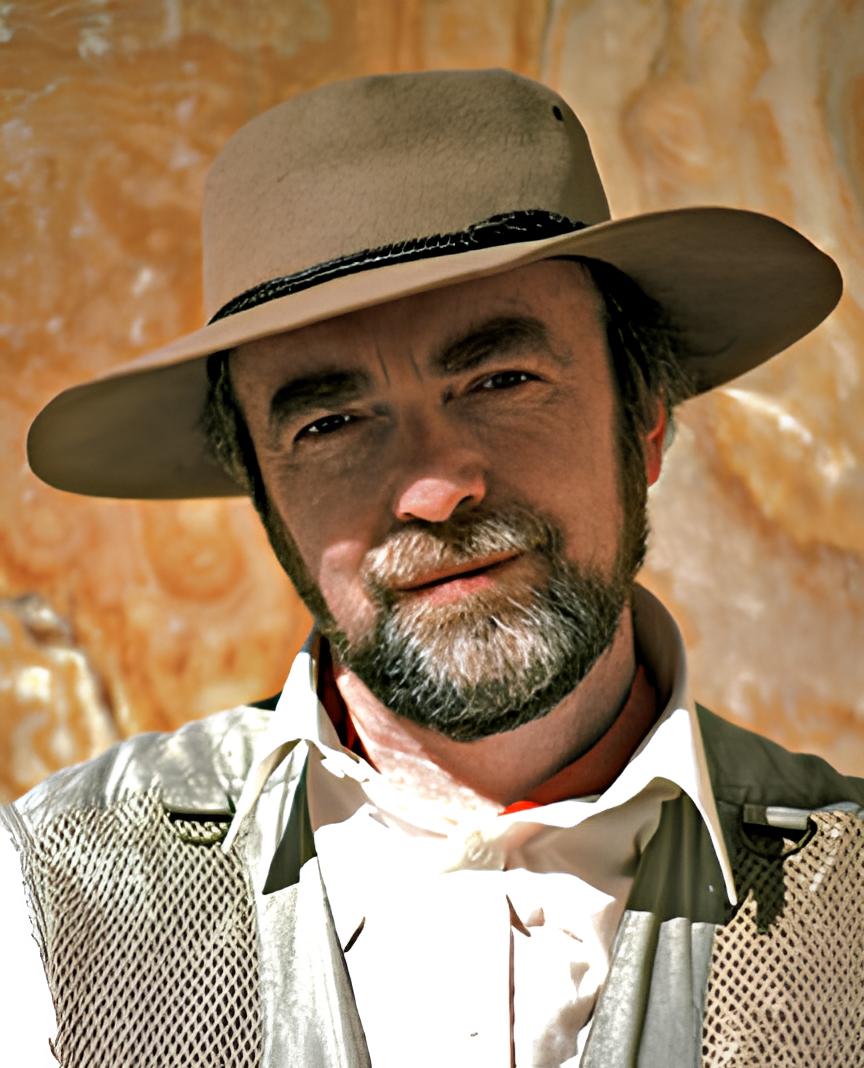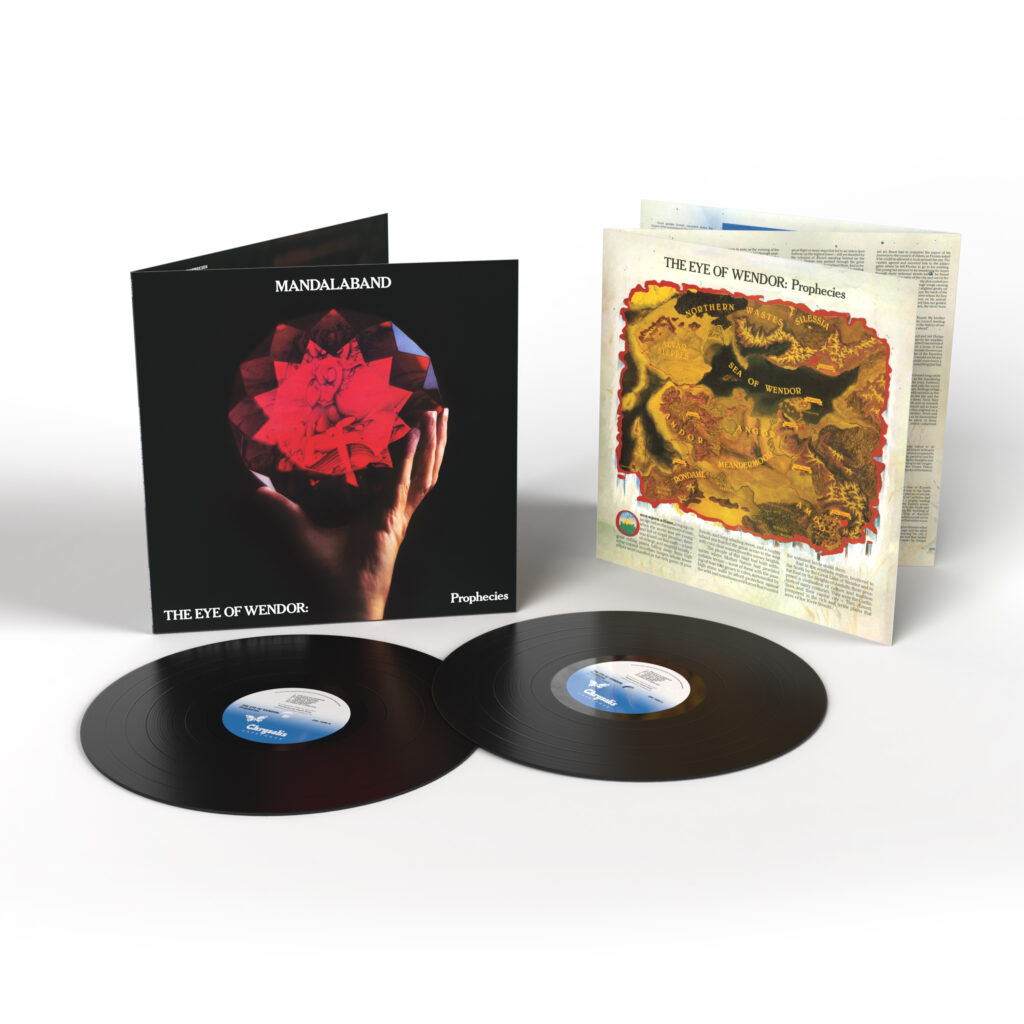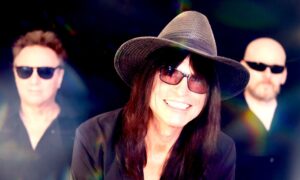Mandalaband – The Eye of Wendor Discussion
7 min read
Interview with David Rohl
1. The Mandalaband’s debut album and second release, “The Eye of Wendor: Prophecies,” are set to be re-released on remastered vinyl and CD box set. What inspired the decision to revisit and remaster these albums after nearly fifty years, and what significance do these albums hold for you personally?
It was Chrysalis who contacted me last year to see if I would be interested in re-issuing the two 1970s Mandalaband albums on vinyl and CD since Prog Rock was coming back into fashion. They told me that a younger audience, new to the genre, was loving what this more complex music had to offer. I already had the original individual analogue tracks of the multi-track tapes in digital format. This was thanks to Abbey Road Studios who, several years ago, had agreed to preserve the recordings by digital transfer. Their audio technicians first stabilized the oxide coating on the two-inch analogue masters by baking the tapes, which enabled them to run the hardened tapes through the digitizing process. I then stored the files on my Pro Tools recording system. So, I offered to remix the tracks, which the guys at Chrysalis were delighted to accept. They then proposed that they issue both the original mixes and the new mixes on LP and CD formats, with the old artwork and lots of extra photos to create what I regard as a magnificent package, which I am delighted about … especially since the albums will be reaching a new audience along with any original Mandalaband fans.
2. Mandalaband’s first album received critical acclaim from legendary BBC radio presenter John Peel, yet it didn’t achieve commercial success at the time. How do you reflect on the journey of Mandalaband from its early cult status to its resurgence in popularity through the internet and a new generation of prog fans?
As I said, I am delighted that we have new interest in the albums. The journey from the 1970s to today has been occupied by two decades as an Audio Engineer and Record Producer; then completing a degree in Egyptology and Ancient History, going on to do PhD research, as well as then publishing several books (including two bestsellers) and presenting TV documentary series … all of which kept me pretty busy! All this time Mandalaband lay dormant. But then, around 2006, I met up with Woolly Wolstenholme of Barclay James Harvest, who was one of the key players in the Eye of Wendor recording sessions, and he suggested that we might reassemble some of the original Mandalaband members from that project to do some new recordings. This then ballooned into Mandalaband III and IV with band members from both Mandalaband I and II, as well as new members that I had met and worked with during the intervening years. The two albums released in the late 2000s were entitled ‘BC – Ancestors’ and ‘AD – Sangreal’.
3. The upcoming release includes the “Mandalaband (Expanded Edition)” and “The Eye of Wendor: Prophecies (Expanded Edition).” Can you share some insights into the enhancements made during the remastering process, and how has the sound and instrumentation been reinforced in the 2024 remix?
The original ‘Mandalaband’ album (Mandalaband I) and ‘The Eye of Wendor’ album (Mandalaband II) that have now been re-released are simply re-equalized versions of the 1970s stereo master tapes. The remix versions were reworked on my Pro Tools recording system from the individual tracks digitised by Abbey Road. These have subtle extra elements that I added to enhance the original recordings. I also decided to feature some of the instrument and vocal tracks which weren’t so prominent in the original mixes. I also used different guitar solos and lead vocals in four tracks, in the case of three of them because one of the Eye of Wendor multi-tracks had been lost, so I had to use elements from the Indigo Sound demos to reconstruct the songs from a variety of sources.

4. “The Eye of Wendor: Prophecies” involved collaborations with notable musicians such as Eric Stewart, Maddy Prior, Justin Hayward, and others. How did these collaborations shape the creative process, and what was it like working with such a diverse range of talents on this classic symphonic rock album?
I had already worked with all the artists who appeared on the album – either as their engineer or producer – with the exception of Maddy Prior who was introduced to me by Friday Brown (both of whom sing on ‘Like The Wind’). Everybody agreed to contribute their talents freely since the budget for that album was only £8,000, most of which went on hiring the Halle Orchestra and on studio time (mainly working at night or in studio downtime). Even the three orchestrators arranged their scores for free since we all believed in the project. It was a work of love from everyone. Their wonderful talents added so much … and they were a joy to work with … no prima donnas – just friends working to create some studio magic.
5. The narrative of “The Eye of Wendor: Prophecies” is based on a Tolkienesque fantasy. How did you approach creating a musical storyline, and how did the themes of prehistory and a magical gemstone influence the composition of the album?
Several of the pieces (including the Overture) were composed and originally recorded at Indigo Sound in Manchester for the pre-Peter Jackson ‘Lord of the Rings’ epic. There was an earlier 1970s project to make the movie in Ireland, but it eventually fell through due to the immense costs involved in the production. I was asked to compose the music for that movie, so when it fell through, I decided to put together a less spectacular fantasy story that soon grew into the first of the intended three films and therefore three albums. Unfortunately (and perhaps understandably), Chrysalis decided not to commission the second and third albums, so we ended up with just part one ‘Prophecies’.
6. The 4CD edition will feature both albums with 2024 David Rohl remixes, original versions, and rarities from the archives. Can you tell us about some of the rarities included and what fans can expect from these bonus tracks?
Again, Chrysalis asked me if I had any ‘extra’ material from the two albums which might interest the ‘special’ fans that were into the history of the band’s recordings. So, I dug up several demos and alternative recordings, including the live studio audition tape that got Mandalaband signed to Chrysalis. The live track of ‘Looking In’ is a bit rough and ready (and very different to the one on the album), but it gives an impression of what Mandalaband would have sounded like if we had gone on the road. Of course, we toured with the Robin Trower Band as their support prior to recording the first album, playing to around 2,000 people a night, but none of the gigs were recorded. You can also hear the demo of the first movement of Om Mani Padme Hum, recorded on an 8-track machine at Camel Studios, which got Chris Wright (head of Chrysalis) and, it has to be said, a lot of other record companies interested in the band in the first place.
7. The remastered albums will be available in various formats, including 2LP 180g gatefold editions and a 4CD edition. How do these different formats contribute to the overall experience of listening to Mandalaband’s music, and do you have a personal preference for one format over the others?
No preference … I can see why the two formats have been chosen by Chrysalis – so that all fans, new and old, can get copies for their own audio systems. There are so many factors in how you listen to music. I personally spend most of the time on my very expensive Denon AH-D5000 headphones (that I mix the tracks with). I also love the magnificent artwork of both new editions, which adds so much to the listening experience. Chrysalis has really gone out of its way to produce something special … and I am so pleased with the end result.
8. Your creative process involves not only performing but also remixing and remastering. How do you approach the reinterpretation of your own work, and what challenges or joys do you find in revisiting these recordings after such a long period?
As with most musicians, I tend not to listen to my own work for a very long time. When you have been working on an album for two years, the last thing you want to do is listen again to the final result. The joy here was that I hadn’t heard the early Mandalaband material for more than thirty years, so it was almost fresh to me … discovering different takes of tracks and/or different solos. That is why I decided to make the remixes different to the original versions, bringing out instruments and orchestral parts that were embedded rather too deeply in the old mixes.
9. Looking back at Mandalaband’s legacy and the upcoming release, what do you hope audiences, both long-time fans and new listeners, will take away from these reimagined albums, and how do you see the impact of Mandalaband’s music in the context of prog-music history?
I will leave the fans and critics to decide where Mandalaband fits into the history of prog-rock. I never earned a single penny from any of the four Mandalaband albums … but then I didn’t do any of it for the money. I just wanted to create something unique, that reflected my own interests and passions for what I suppose you can now call ‘symphonic rock’ music. My reward is knowing that there are people out there who appreciate my efforts and who have been inspired in some way by the Mandalaband adventure.
Information: https://www.mandalaband.co.uk/


